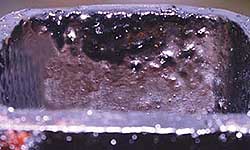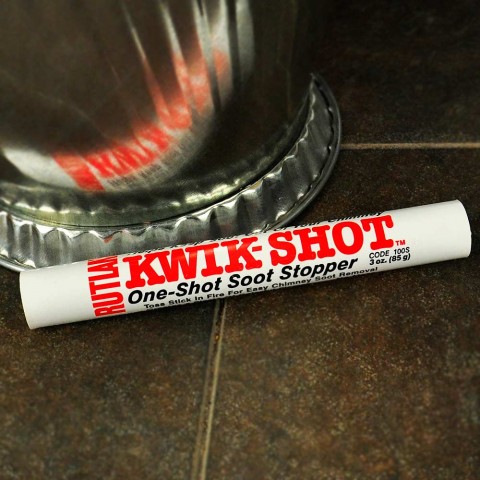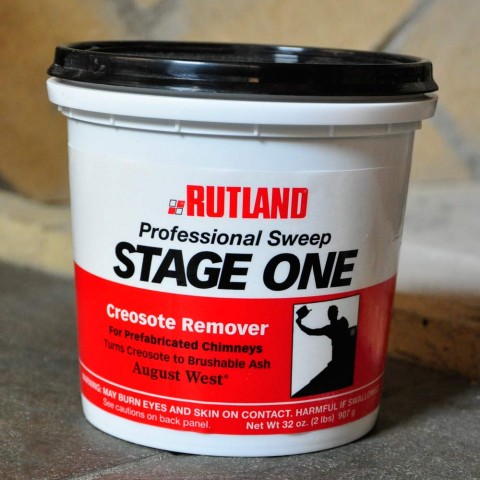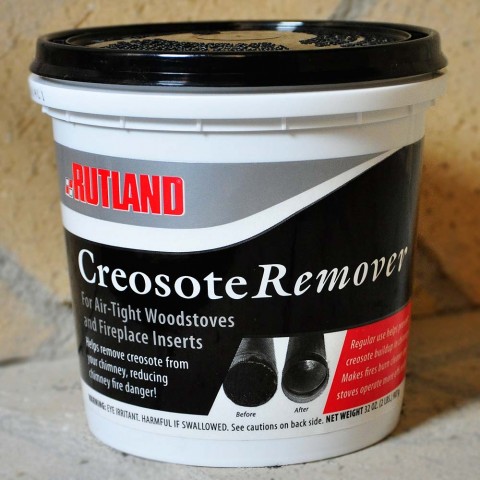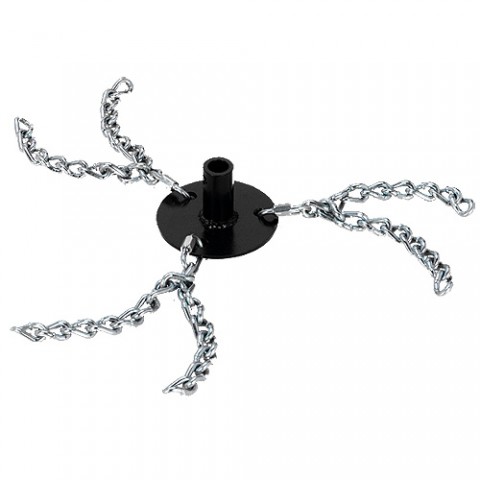Jun 9th 2020
What is Creosote-Getting Rid of Creosote
Creosote - What is it and How Can I get Rid of it?
By definition, creosote is simply unburned wood particles and condensed flue gases which deposit on the inside of the chimney. The creosote forms as the flue gases exit the fireplace or wood stove, and draft upward into the relatively cold flue where condensation occurs and begins to solidify. This results in carbon based condensation that materializes inside the flue and becomes creosote.
As creosote builds on the chimney interior, it goes through three stages and becomes more and more of a fire hazard as it goes through each stage. All three stages of creosote can exist in one chimney, and no matter if you have one or all three it's highly combustible. If allowed to build up in sufficient quantities, and ignite inside the chimney flue, the result is a volcanic chimney fire. This article discusses the three stages of creosote build up and which products are most effective to get rid of it before it causes damage to your property and family.
Stage 1 creosote build up is known as soot and is identified as fine, silky, black dust
Soot is primarily composed of unburned carbon particles but may also contain ash. Soot has a soft texture and will be black or brown in color. The flammability of soot will depend on the concentration of soot and ash. Soot, since it is made of carbon, is combustible. Ash is non-combustible.

Top Rated Products to get rid of stage 1 creosote
Stage 2 creosote build up is known as creosote and is identified as porous and crunchy
Creosote can be defined as a combustible deposit in the venting system. Creosote is a by-product of incomplete combustion, which begins as condensed wood smoke including tar, fogs and vapors. If a fuel is fully burned there will be no smoke and, therefore, no creosote. Creosote will be hard brown or black and form either curly, flaky or bubbly deposits in the venting system all of which are flammable.
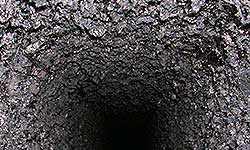
Top Rated Products to get rid of stage 2 creosote
Stage 3 creosote build up is known as glaze and can be identified as drippy, sticky, shiny glaze
Glaze is a form of deposit that presents itself as a shiny, tarry substance. Glaze can form puddles or drop down and make formations that resemble black icicles. Glaze is the densest type of chimney deposit and, therefore, represents the greatest amount of fuel to burn in the event of a chimney fire. Glaze is also the most difficult type of deposit to remove from the chimney.
